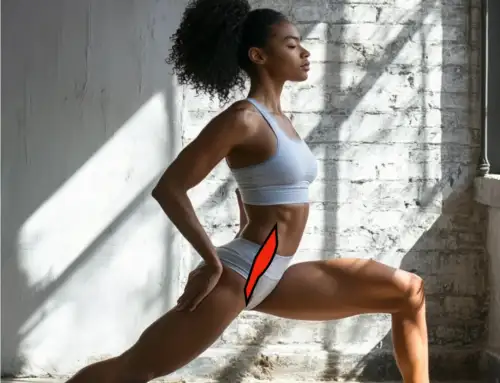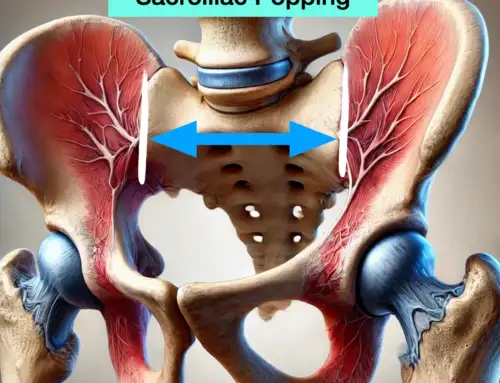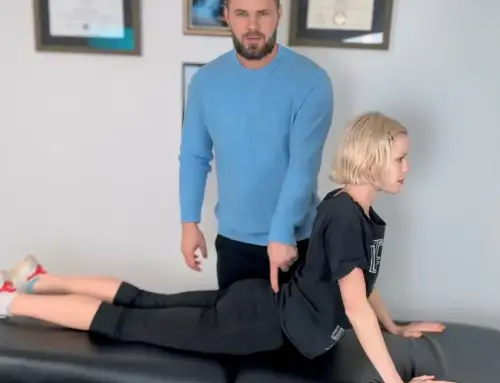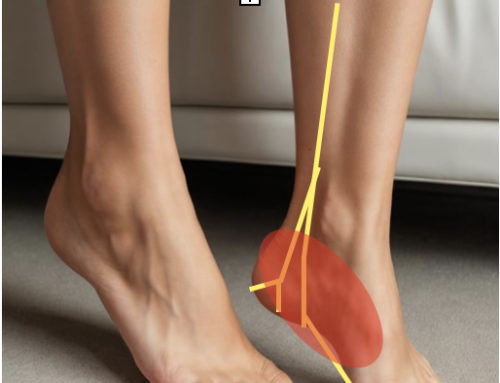Heal Your Rectus Abdominis Diastasis with These Exercises! 2024 Update
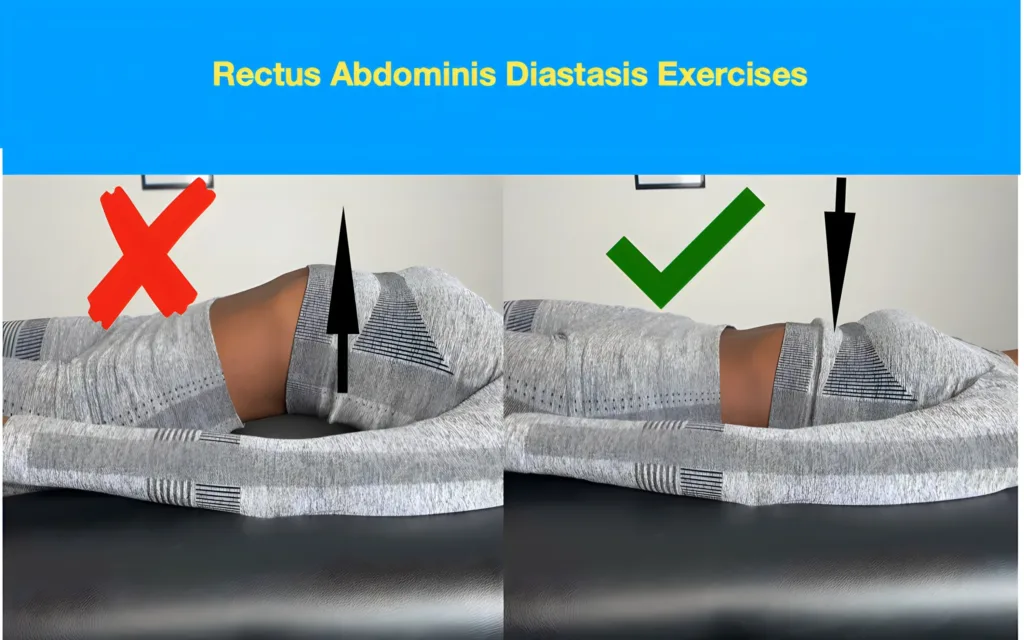
Specific core strengthening exercises, such as pelvic tilts and transverse abdominal activations, can help improve rectus abdominis diastasis. Consulting a healthcare professional or physical therapist for personalized guidance and support is essential.
Diastasis recti is a condition that affects the abdominal muscles, specifically the rectus abdominis. This crucial muscle runs vertically along your belly and plays a vital role in supporting your core strength and maintaining proper posture.
Causes and Symptoms of Diastasis Recti
- Pregnancy: Hormonal changes during pregnancy can cause connective tissues to become more relaxed. As your baby grows, it exerts pressure on your abdominal muscles, leading to stretching and potential separation.
- Obesity: Excess weight can strain the abdominal muscles over time, contributing to diastasis recti.
- Excessive Strain: Activities involving repetitive movements or heavy lifting can also play a role in developing this condition.
The most common symptom of diastasis recti is an apparent bulge or ridge down the center of your abdomen when you engage your abdominal muscles. Other symptoms may include lower back discomfort, poor posture, and challenges with specific exercises like sit-ups or planks.
Top Diastasis Recti Exercises for Your Abdominal Muscles
When it comes to diastasis recti, choosing the right exercises is crucial. These workouts are specifically tailored to target and strengthen your abdominal muscles, helping to close the separation and enhance overall core stability. As an expert in this field, I recommend incorporating these top diastasis recti exercises into your routine:
The essential part of doing any exercise when you perform physical therapy for diastasis recti is to prevent the bulge in the middle of the stomach. If the bulge occurs during exercises, then the exercise isn’t being performed properly, and a regression to a more straightforward exercise is recommended.
Traditional Recommendations
- Transverse Abdominis Activation: This exercise focuses on engaging your deep core muscles, particularly the transverse abdominis. Lie on your back with knees bent and feet flat on the floor. Place your hands just above your hip bones and exhale as you draw your belly button towards your spine while activating pelvic floor muscles. This exercise is a for pelvic floor pain treatment, but it a sub par form of spinal stabilization compared to abdominal bracing that’s required to treat this condition.
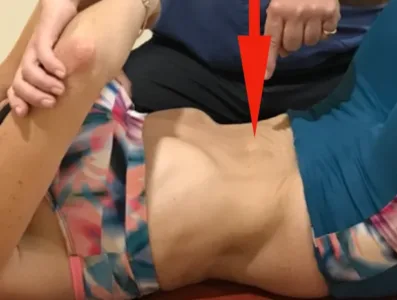
- Pelvic tilts: Lying on your back, bend your knees. Inhale to prepare, then exhale as you engage your pelvic floor and abdominals. Gently tilt your pelvis, drawing in your navel towards the spine to imprint onto the mat.
2024 Update:
- Log Roll Exercise: This exercise aims to teach the rib cage to flatten against the floor to eliminate arching of the lower back caused by an over-utilization of the lumbar paraspinal muscles. This exercise is performed to teach a neutral position of the ribs, diaphragm, and pelvis while the Oblique muscles roll the body from side to side. This will reduce the separation and pulling forces on the rectus abdominus and linea alba.
- Flatten ribs against the ground by taking a large exhale; near the end of the exhale, the ribs are in a neutral position. The goal is to keep the ribs in this position during the exercise.

-
- With the stomach muscles expanded, the arms and legs are locked into positions with the hips and knees at 90 degrees.
- Roll side to side with no movement occurring in the arms, legs, or rib position. Only roll as far as you can control the rib position. You should be able to perform this exercise with perfect form, rolling back and forth for a minute before progressing to the leg marching exercise.
- Dead Bug exercise: A exercise progression to the log roll exercise
- Leg Marching: Once you can control the rolling motion of the log roll exercise, the legs are slowly lowered to the floor one at a time in a marching motion. The ankle remains flexed, and the heel is tapped to the floor.
-
- If this exercise can’t be performed without the back arching or fluid accumulating in the diastasis recti, then regress to the log roll exercise until somebody can adequately position the ribs and control the abdominal coordination.
-
- Arm movement: Once leg marching can be performed for 2 minutes without the back arching or fluid accumulating in the midline of the stomach, the same principles can be applied to overhead arm movement. This exercise will be the most challenging position to maintain a neutral position of the rib cage.
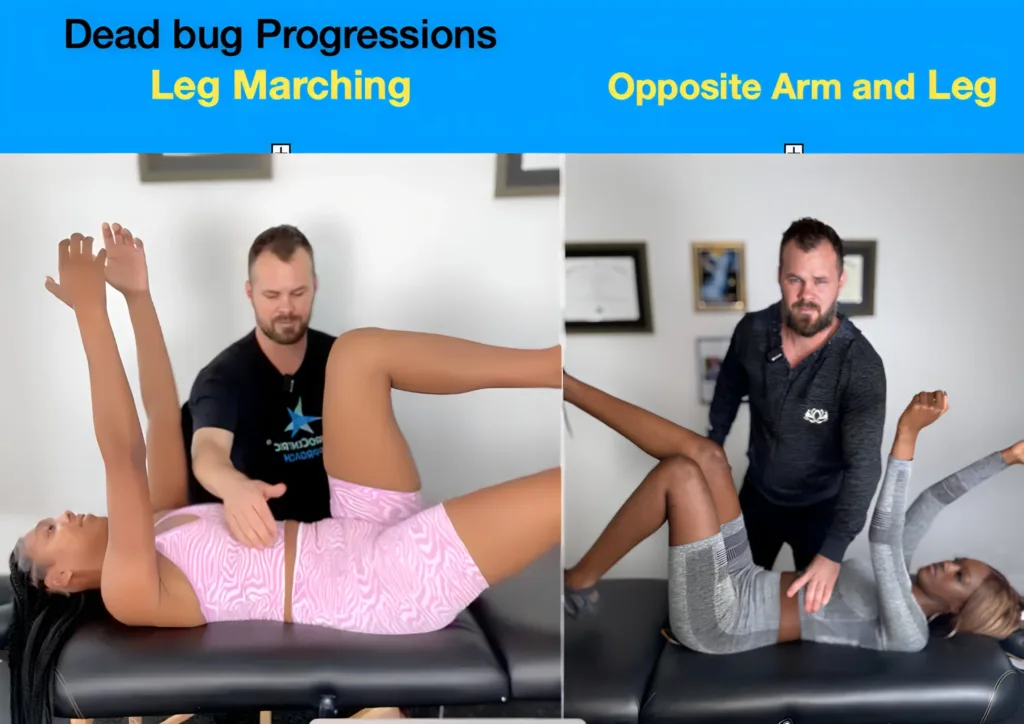
- Quadruped Opposite Arm & Leg Reach: Start in a quadruped position with hands under shoulders and knees under hips; extend one arm out in front of you while extending the opposite leg straight behind, keeping the core engaged.
- Modified Plank: Strengthen the entire core, including affected abdominal muscles, by getting into a push-up position with forearms resting on the ground instead of hands; hold for 30-60 seconds, maintaining a straight line from head to toe.

Incorporating these exercises consistently into your routine can help heal diastasis recti over time and regain strength in abdominal muscles. Remember that everyone’s body is different, so listen to yours and modify exercises based on the comfort level or pain experienced during movement for optimal results.
Selecting the right exercises is paramount when dealing with diastasis recti to ensure adequate healing and recovery. Not all workouts suit individuals with this condition, as some can worsen abdominal muscle separation. As an expert in this field, I will guide you through choosing appropriate exercises to strengthen your core and aid healing.
The Vital Role of Exercise in Healing Abdominal Separation
As an expert in abdominal health, I cannot emphasize enough the significance of incorporating exercise into your diastasis recti recovery journey. Diastasis recti is a condition where the rectus abdominis muscles, commonly called the “six-pack” muscles, separate along the midline of the abdomen. This separation can occur during pregnancy or due to excessive strain on these muscles.
Exercise is pivotal in addressing diastasis recti by strengthening and toning the abdominal muscles. Targeted exercises are crucial to closing this gap and restoring proper core function.
One significant benefit of exercising for diastasis recti recovery is its ability to enhance muscle strength and flexibility. Specific exercises that target your abdominal muscles, such as abdominal compressions, pelvic tilts, and toe taps, actively engage these weakened areas and help them regain strength.
Exercise is crucial for diastasis recti recovery. It improves posture, relieves abdominal pressure, and aids healing. Neglecting exercise can worsen symptoms and lead to ongoing discomfort. Strengthening core muscles is critical in preventing further separation and improving overall stability. Choose exercises carefully based on severity, alignment, impact level, and core engagement. Consult professionals for personalized guidance and start slow before increasing intensity. Listen to your body, modify as needed, and stay consistent with pelvic floor exercises to effectively manage diastasis recti while promoting healing and strengthening core musculature.
By adhering strictly to these safety precautions while exercising with diastasis recti, you can effectively strengthen, heal, and rehabilitate your abdominal muscles. Remember always to prioritize your well-being and consult with professionals when needed.
Reach out to book with Dr. Dean by texting or calling 323-354-6077 or email him at drjustindean@gmail.com
Our editorial process includes evidence-based practices, interventions, and recommendations.
References


